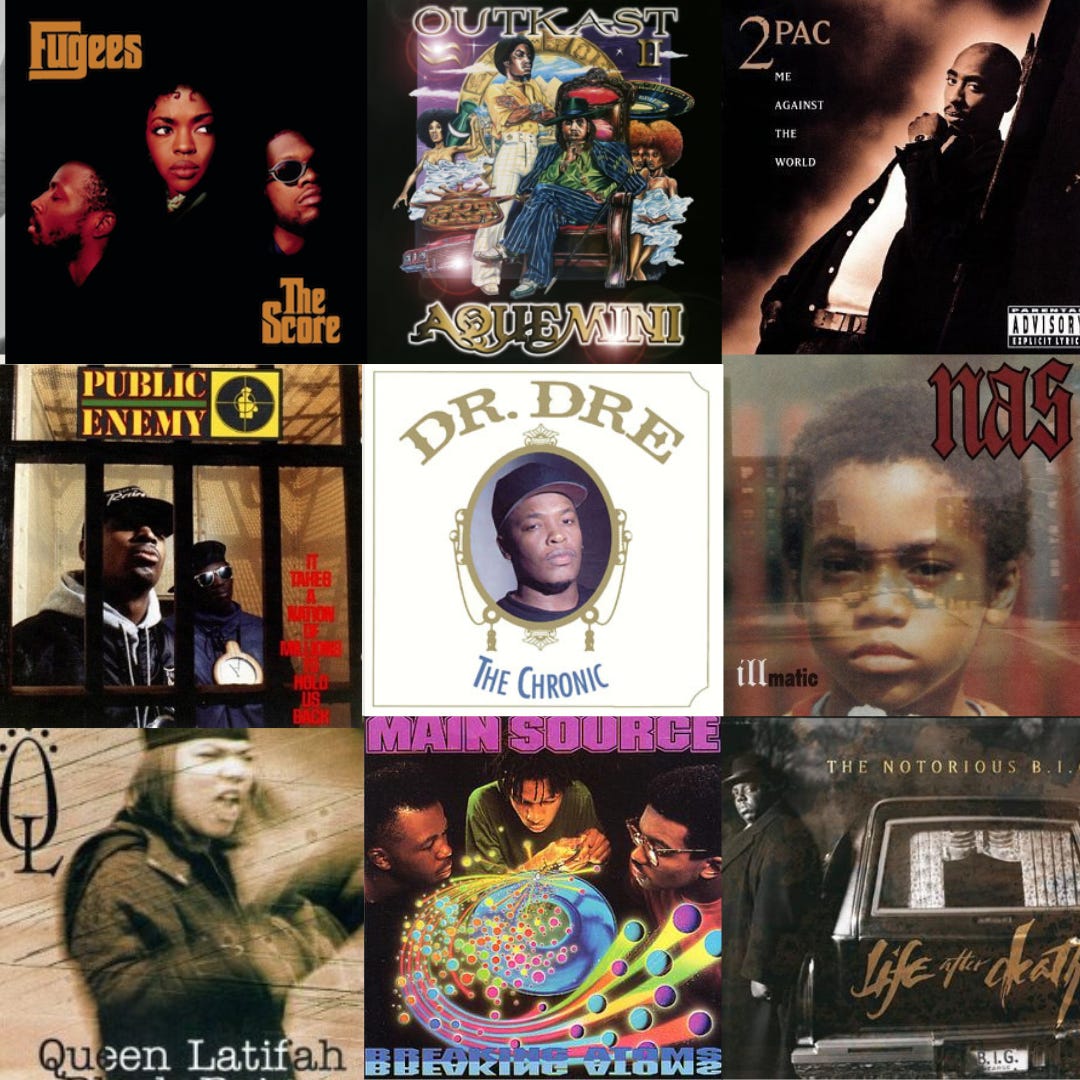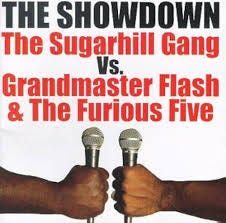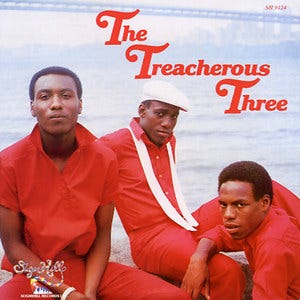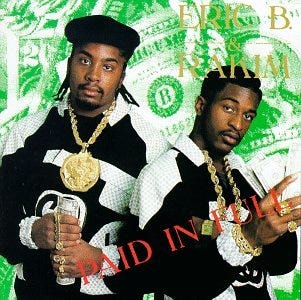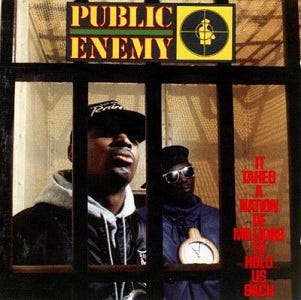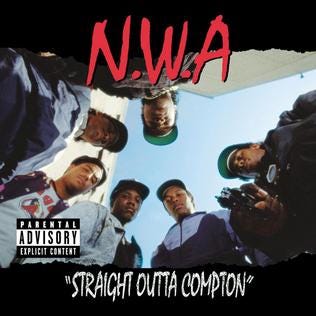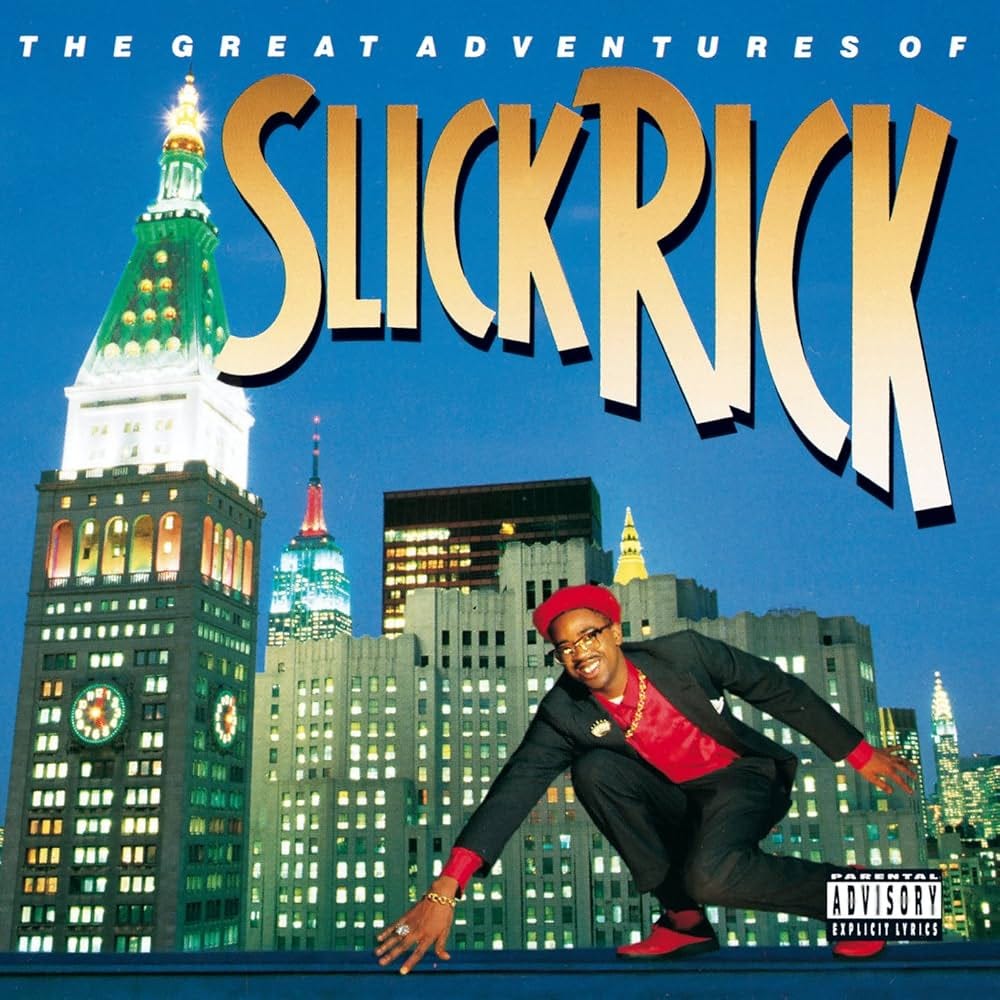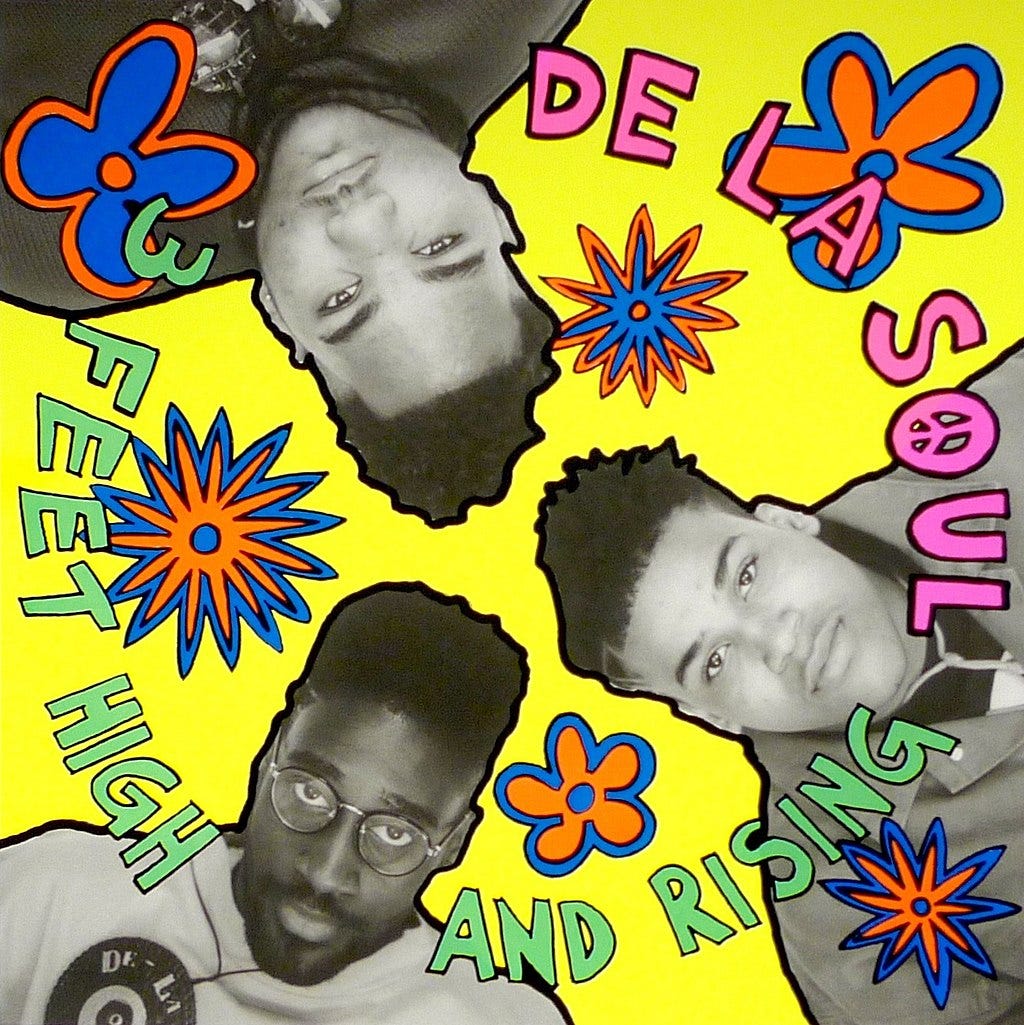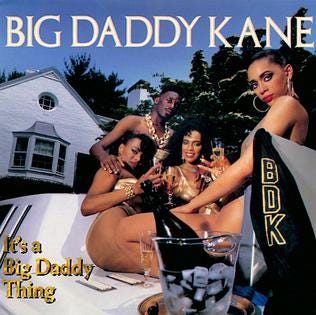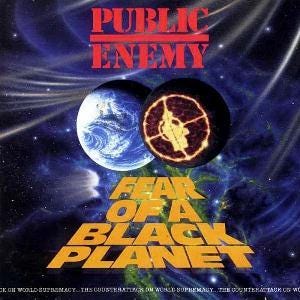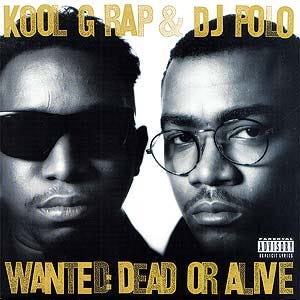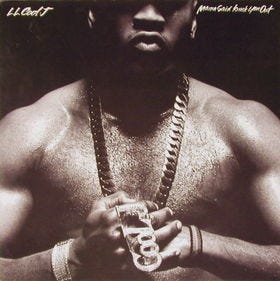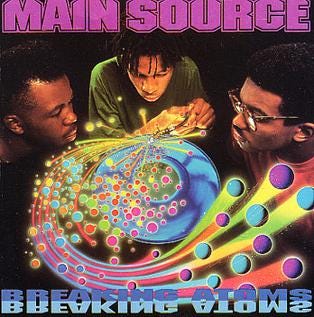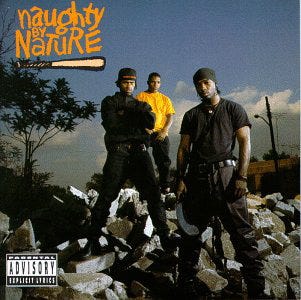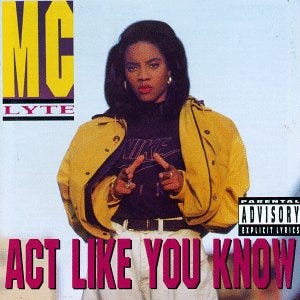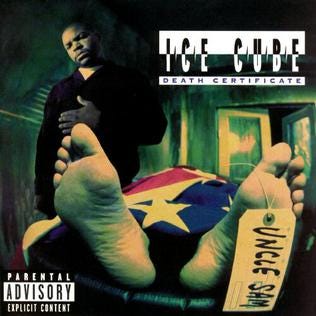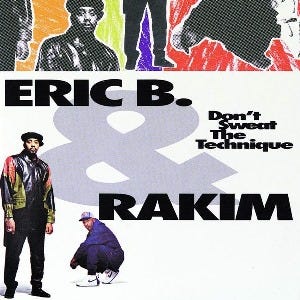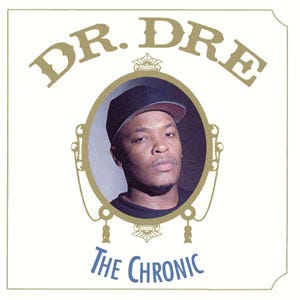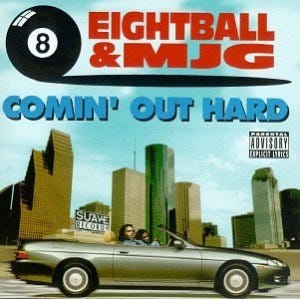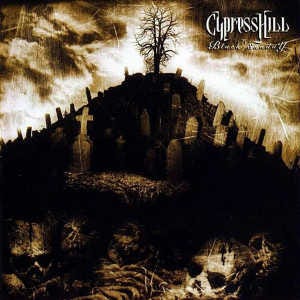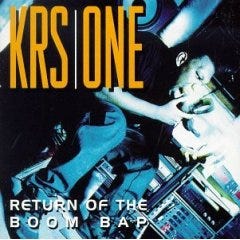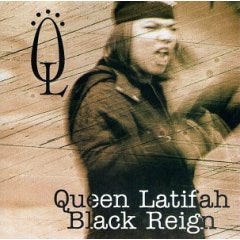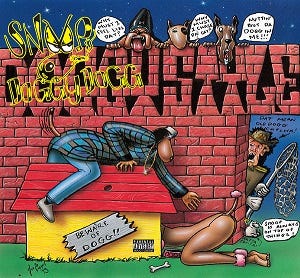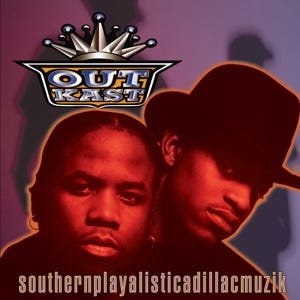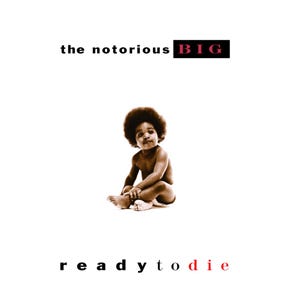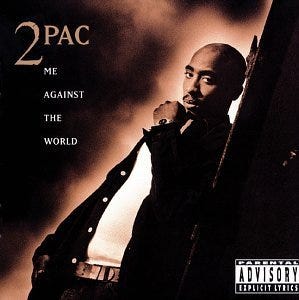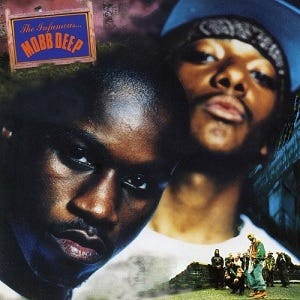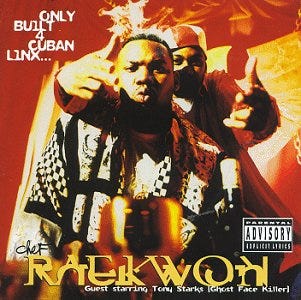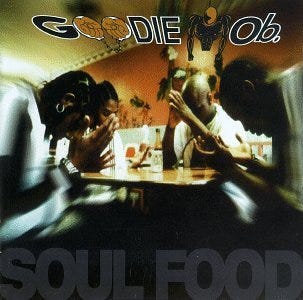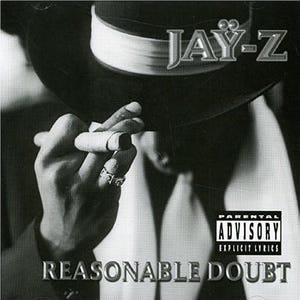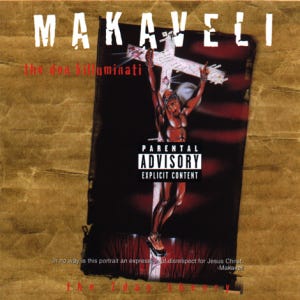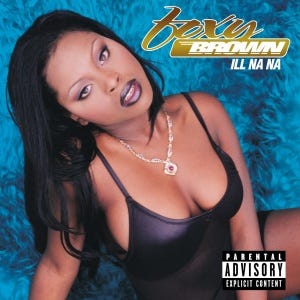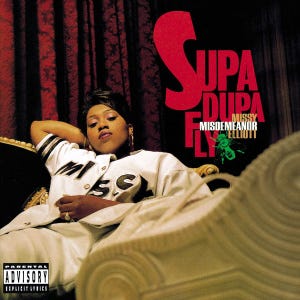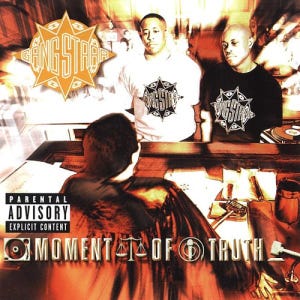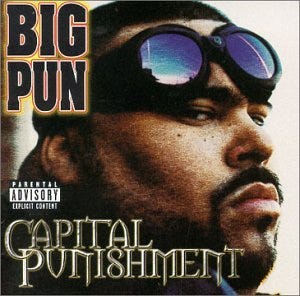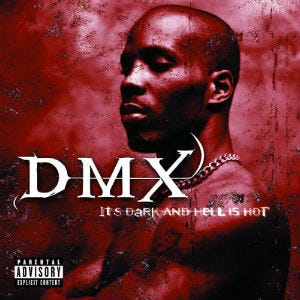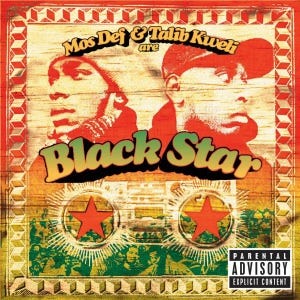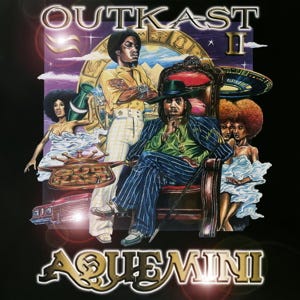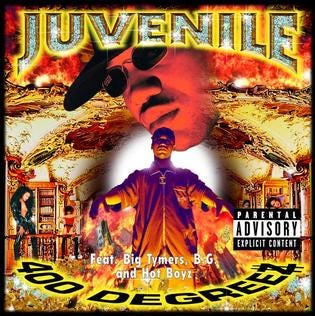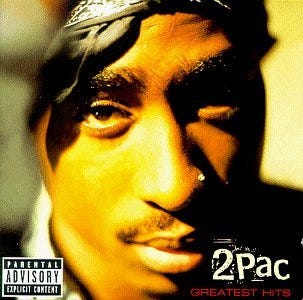The 100 Most Essential Hip-Hop Albums Ever, Pt. I (1980-1998)
Honoring definitive, high-quality records of rap’s illustrious history
I do not own the rights to the images in this article.
Hip-Hop is one of the most impactful cultural phenomena in American history. Its reach has expanded to business, politics, sports, fashion and cinema, though it all started with the music. Considering hip-hop’s musical importance and substantial cultural influence, I created a list of The 100 Most Essential Hip-Hop Albums Ever.
This list is broken into two parts – with Part II dropping next week – that feature the landmarks and highlights of hip-hop’s 45-year history of released albums. Before we get to the list, I have to define what an “essential” album is. Is it an album that changed the game? An album of undeniably high quality? One with staying power? Or one that is definitive of a certain sound, region, or artist?
It’s all of those things to an extent, but none of them absolutely. Considering those aforementioned factors, I aimed to create a list that would illustrate the rich history and stylistic variety of hip-hop’s finest full-lengths.
I also factored in the quality of albums. As such, albums from certain notable artists, regions and subgenres are not included because I didn’t consider them to be strong enough to merit a spot on this list. That’s of course a subjective component, but as I noted in my 50 Best Rappers of All Time list, all of these exercises contain a degree of subjectivity.
Lastly, this is not a Hip-Hop 101 article for beginners. There are a few deep cuts that negate that notion.
OK. You’ve got the particulars. Now let’s take a ride.
The Sugarhill Gang and Grandmaster Flash & The Furious Five, The Showdown: The Sugarhill Gang Vs. Grandmaster Flash & The Furious Five
Released: Feb. 2, 1999 (Recorded from 1979-1984)
The reason it’s essential: This compilation album hosted by Ice-T and Chuck D was Verzuz before Verzuz. The Showdown features the party jams of The Sugarhill Gang that jump-started rap on the radio, as well as Grandmaster Flash & The Furious Five’s powerful, socially conscious songs that pushed the culture forward.
Treacherous Three, The Treacherous Three
Released: April 27, 1984
The reason: Kool Moe Dee was an MC’s MC, rapping with an in-your-face delivery over beats that beg to get your feet moving. The trio – including L.A. Sunshine and Special K – successfully translated park-jam vibes onto wax, with music that still sounds groovy more than 40 years later.
Run-DMC, Raising Hell
Released: May 15, 1986
The reason: This groundbreaking Queens trio busted the New School through the wall in ‘83, and Run-DMC’s third album is the culmination of their unique sound, style and swagger. With sneaker-odes, genre mashups and pro-Black sentiments, Raising Hell set trends that persist to this day.
Beastie Boys, Licensed to Ill
Released: November 15, 1986
The reason: Legendary producer Rick Rubin was the perfect match for this metal band-turned-rap group. Together, they recorded a raucous album that both timestamps the riotous vibes of mid-’80s hip-hop and features timeless anthems with an edge that’s never dulled.
Eric B. and Rakim, Paid in Full
Released: July 7, 1987
The reason: Rakim changed the game with a smooth flow and laid-back delivery that empowered listeners to home in on his multisyllabic, intricate rhymes. Hip-hop would never be the same.
DJ Jazzy Jeff & The Fresh Prince, He’s the DJ, I’m the Rapper
Released: Jan. 1, 1988
The reason: Will Smith may be most recognizable as a muscled-up superstar, but he was most endearing as The Fresh Prince. By simply being themselves, he and the magnificent DJ Jazzy Jeff cooked up music that was joyfully silly and deceptively technical.
Public Enemy, It Takes a Nation of Millions to Hold Us Back
Released: June 28, 1988
The reason: Public Enemy’s magnum opus is both astonishingly unique and massively influential. Chuck D and co. lit a match to the Bomb Squad’s explosive production, blowing the status quo to smithereens with a new kind of revolution.
N.W.A, Straight Outta Compton
Released: Aug. 8, 1988
The reason: There was hip-hop before Straight Outta Compton, and hip-hop after Straight Outta Compton. The world’s most dangerous group brought gangsta rap to both coasts with an unflinching rhetoric that was as insightful as it was menacing.
Slick Rick, The Great Adventures of Slick Rick
Released: Nov. 1, 1988
The reason: Slick Rick is the quintessential hip-hop storyteller. His Great Adventures dazzled listeners with emotional resonance, vivid imagery and powerful cautionary tales.
De La Soul, 3 Feet High and Rising
Released: March 3, 1989
The reason: Over Prince Paul’s abundance of colorful samples, De La Soul ushered in the Native Tongues era with tunes both breezy and impactful. The trio also shared an uncanny chemistry that proved three really is the magic number.
Big Daddy Kane, It’s a Big Daddy Thing
Released: Sept. 19, 1989
The reason: Big Daddy Kane was a versatile rapper who helped set a new standard for MCing. On It’s a Big Daddy Thing, he leaned into his player persona that has influenced generations of great hip-hop artists.
Public Enemy, Fear of a Black Planet
Released: April 10, 1990
The reason: Public Enemy’s third album added layers to the righteous outrage and urgent calls to action of It Takes a Nation with searing critiques of careless police, Hollywood and the powers that be. On the production side, the Bomb Squad supplied a flurry of samples for a bombastic, frenetic sound that hadn’t been heard before and that no one has captured since.
Kool G Rap & DJ Polo, Wanted: Dead or Alive
Released: Aug. 14, 1990
The reason: The cinematic crime rap that Kool G Rap dipped into on the duo’s debut is fleshed out on its sophomore album with an auteur’s poise and vivid imagery. Every rapper who’s ever spit a crime rhyme owes G Rap a debt of gratitude.
LL Cool J, Mama Said Knock You Out
Released: Sept. 14, 1990
The reason: Todd Smith’s not-a-comeback album is juiced up with enough bravado to start a Boeing jet. But the ladies love Cool James, and his ability to balance swaggerful cuts with smooth love jams set the table for generations of crossover artists.
Main Source, Breaking Atoms
Released: July 23, 1991
The reason: Main Source member Large Professor’s moniker suits him well, as Breaking Atoms finds the producer/rapper dropping science about life in the hood over delightfully colorful production. Then, of course, there’s “Live at the Barbeque” featuring Nas, which is the best breakout feature for a rapper, ever.
Naughty by Nature, Naughty by Nature
Released: Sept. 3, 1991
The reason: Somehow, Naughty by Nature has fallen victim to the passage of time. That’s a damn shame, because the New Jersey trio is playful and potent, rugged and relatable on its anthemic, memorable eponymous album.
MC Lyte, Act Like You Know
Released: Sept. 17, 1991
The reason: This groundbreaking pioneer for females in hip-hop is one of the best MCs ever. Her third album is laced with more soul than her raw ‘80s records, allowing her versatile artistry to shine while retaining her Old School vibe.
Ice Cube, Death Certificate
Released: Oct. 29, 1991
The reason: No one did angry rap better than Ice Cube, because there was always a purpose to his ire. Over blistering Bomb Squad beats, Cube calls out everyone for society’s ills with an unflinching rage that’s as enthralling as it is intimidating.
Eric B. and Rakim, Don’t Sweat the Technique
Released: June 23, 1992
The reason: The musically dynamic Rakim used his voice as an instrument, and here, his vocal acrobatics are laced with jazzy, hard-knock beats to create a frenzied feel that rarely relents. Don’t Sweat the Technique also finds The R at his most thematically dense, as he waxes brilliantly about war, the government and the youth.
Dr. Dre, The Chronic
Released: Dec. 15, 1992
The reason: The Chronic is the most obvious example of Dr. Dre’s genius, as he crafted beats with a composer’s dexterity for himself and a stellar roster of rappers including a young Snoop Dogg. Together, they brought crass quips, cutting commentary and the chaos of the streets to suburban homes across the nation. America would never be the same.
8Ball & MJG, Comin’ Out Hard
Released: Aug. 17, 1993
The reason: This ten-toes-down Tennessee duo pioneered southern hip-hop with masterful street narratives and frank observations about its environment. Over minimalistic yet alluring production, 8Ball & MJG served up comedy while still demanding to be taken seriously.
Cypress Hill, Black Sunday
Released: July 20, 1993
The reason: With Muggsy’s seductive grooves and B-Real’s one-of-a-kind delivery, Cypress Hill pioneered Latin rap with an exciting edge. On Black Sunday, they proudly paint a portrait of Latin life in Southern Cali, and have a ball while doing it.
KRS-One, Return of the Boom Bap
Released: Sept. 28, 1993
The reason: KRS-One had a massive influence on hip-hop as part of Boogie Down Productions, but he was at his best as a solo artist. Here, he combines rugged boom bap with the finest examples of his empowering, positive lyrics that uplift the Black community.
Salt-N-Pepa, Very Necessary
Released: Oct. 12, 1993
The reason: This trio came with a unique brand of female empowerment on Very Necessary, neither catering to men nor tossing them out with the trash. Instead, they used irresistibly bouncy beats to bop along to and declare strength in love and proud femininity.
Wu-Tang Clan, Enter the Wu-Tang: 36 Chambers
Released: Nov. 9, 1993
The reason: Is this, is this really necessary? OK, I’ll bite. This is the landmark debut of the greatest hip-hop group of all time shone the spotlight back on the East Coast with RZA’s raw, soulful production and the larger than life personalities of the group’s now legendary MCs.
Queen Latifah, Black Reign
Released: Nov. 16, 1993
The reason: Queen Latifah pulled no punches on her magnum opus, calling for unity and demanding respect with a powerful delivery and Big Apple bop. Long before she wowed audiences on the big screen, the best female rapper of all time proved she was a natural superstar on Black Reign.
Snoop Dogg, Doggystyle
Released: Nov. 23, 1993
The reason: A spiritual sequel to The Chronic, Snoop’s debut album is a grandiose affair that both timestamps the G-Funk era and endures as the most buttery rap ever spread over wax.
Nas, Illmatic
Released: April 19, 1994
The reason: The best and greatest hip-hop album of all time, full stop. Nas crafted a cultural manifesto with mind-bending lyricism over gritty-yet-elegant production from an array of A-list beatsmiths. The game is still playing catch up.
OutKast, Southernplayalisticadillacmuzik
Released: April 26, 1994
The reason: Meanwhile, OutKast cooked up the southern rap Manifesto as insightful playas over Organized Noize’s magical production. Whether serving up southern hospitality or motivating young Black males, the best duo in rap history proved the South got somethin’ to say.
The Notorious B.I.G, Ready to Die
Released: Sept. 13, 1994
The reason: Biggie was the quintessential crossover MC with an impeccable flow. Stocked with party hits and ice-cold street cuts, Ready to Die is a 17-track clinic for aspiring MCs.
Scarface, The Diary
Released: Oct. 18, 1994
The reason: Scarface’s aptly named third album reads like pages from a bedside journal. The Diary delved deep into the hustler’s psyche in an unprecedented manner, inspiring generations of rappers that included the man in the next entry.
2Pac, Me Against the World
Released: March 14, 1995
The reason: You can definitely hear Face’s influence on the introspection of Me Against the World. Yet, Pac’s third album is so uniquely him, with poetic musings and pained laments that bare the soul of hip-hop’s most fascinating person.
Mobb Deep, The Infamous…
Released: April 25, 1995
The reason: Mobb Deep’s sophomore album is the coldest work of dun rap ever laid to wax. Havoc’s sinister, gloomy production provides a desaturated backdrop for his and Prodigy’s chilling quotables and bleak street tales.
Bone Thugs-N-Harmony, E. 1999 Eternal
Released: July 25, 1995
The reason: Cleveland’s finest pioneered fast raps with breathtaking agility over DJ U-Neek’s creeping production. But it wasn’t just about their technique; E. 1999 Eternal showcased Bone Thugs as well-rounded artists, most exemplified by the heartfelt Eazy-E tribute, “Tha Crossroads.”
Raekwon, Only Built 4 Cuban Linx…
Released: Aug. 1, 1995
The reason: Raekwon’s opus is premium-cut Mafioso rap. He and fellow Clansman Ghostface Killah fully embodied shrimp ‘n lobster mobsters, spinning cinematic tales over RZA’s dramatic soundscape.
Goodie Mob, Soul Food
Released: Nov. 7, 1995
The reason: Goodie Mob taught us ‘bout the Dirty South on their landmark debut, with Organized Noize’s decidedly gritty production underscoring their everyman raps and wise reflections.
Fugees, The Score
Released: Feb. 13, 1996
The reason: The Score is simply majestic. For a brief moment, Lauryn Hill, Wyclef Jean and Pras had the perfect chemistry for an album that is fierce and familial, rugged and soulful, downhome and transcendent. If only they’d stayed together.
Jay-Z, Reasonable Doubt
Released: June 25,1996
The reason: Jay’s debut remains his finest body of work. The lyrically dexterous, crisply produced Reasonable Doubt remains the most compelling and complete examination of the mind, heart and soul of a hustler.
UGK, Ridin’ Dirty
Released: July 30, 1996
The reason: The Pimp and the Bun created SLAB classics for their hood, with molasses-thick beats and savory rhymes that pulled no punches and always kept it trill. Ridin’ Dirty’s unflinching portrayal of Port Arthur street life made it the representation of country rap tunes while transcending the region.
Makaveli, The Don Killuminati: The 7 Day Theory
Released: Nov. 5, 1996
The reason: Less than two months after his death, the album 2Pac had almost entirely completed under the alias Makaveli was released as a multidimensional embodiment of his larger-than-life persona. With eerie bells and haunting flows, Pac reveled in his contradictions as a war-ready poet with a razor-sharp tongue and a heart for his people.
Lil’ Kim, Hard Core
Released: Nov. 12, 1996
The reason: Lil’ Kim was the best Bad Boy rapper not named Christopher Wallace and a trailblazer for risqué female artistry. Over catchy, potent production, Queen Bee bossed up with engaging storytelling, bold bars and a mesmerizing flow.
Foxy Brown, Ill Na Na
Released: Nov. 19, 1996
The reason: A harder counterpart to Hard Core, Foxy’s raw, seductive debut remains memorable for her spell-binding flow, formidable delivery and captivating crime noir.
The Notorious B.I.G., Life After Death
Released: March 25, 1997
The reason: Dropped just 16 days after Biggie’s devastating demise, this grandiose double album proved his spirit would live on in the hearts of millions across the globe. With supreme storytelling and a smooth demeanor, Big cemented himself as one of the best to ever breathe on a mic.
Missy Elliott, Supa Dupa Fly
Released: July 15, 1997
The reason: Supa Dupa Fly is one of one. Over futuristic production from the ingenious Timbaland, Missy’s unfiltered musings and exciting bravado is bolstered by her suave melodies and distinct mic presence.
Gang Starr, Moment of Truth
Released: March 31, 1998
The reason: A producer from Houston and a rapper from Boston joined forces in Brooklyn to become the quintessential NY duo. DJ Premier and Guru’s magical musical matrimony was best exemplified by the pristine production and thoughtful pontifications of Moment of Truth, a fitting capstone to their extraordinary ‘90s run.
Big Pun, Capital Punishment
Released: April 28, 1998
The reason: Not only is Big Pun the most technically skilled Latin rap ever, he’s one of the most potent MCs in general of all time. Capital Punishment found Pun overflowing with swagger as he spit jaw-dropping rhymes with a breathless flow and powerful delivery.
DMX, It’s Dark and Hell Is Hot
Released: May 19, 1998
The reason: DMX’s debut was a welcome return to hardcore mainstream rap in the Shiny Suit Era, and stands today as an impassioned testament of a one-of-a-kind artist. It’s Dark and Hell Is Hot endures for its captivating mixture of unmuzzled aggression and earnest faith in God.
Lauryn Hill, The Miseducation of Lauryn Hill
Released: Aug. 19, 1998
The reason: Lauryn’s landmark solo album is the most beautiful marriage of R&B and rap. Ms. Hill’s proud stance and courageous soul-bearing translated into high art that’s universally relatable.
Black Star, Mos Def & Talib Kweli Are Black Star
Released: Sept. 29, 1998
The reason: Still reeling from the deaths of 2Pac and Biggie, the culture needed caped crusaders to remind listeners of all that’s good and pure in hip-hop. This dynamic duo delivered the goods with an abundance of quotables and unifying sentiments over Hi-Tek’s hard-knock production. Nearly 27 years later, Mos Def & Talib Kweli Are Black Star remains the gold standard for hard-bodied conscious hip-hop.
OutKast, Aquemini
Released: Sept. 29, 1998
The reason: While OutKast’s debut helped define southern rap, Andre and Big Boi’s third album stands as a testament to the strength of their partnership. By standing on their similarities and exploring their differences over an eclectic gumbo of sounds, the duo achieved unparalleled creativity and admirable liberation.
Juvenile, 400 Degreez
Released: Nov. 3, 1998
The reason: Cash Money Records (and then, Young Money) is one of hip-hop’s grandest success stories, but no matter how high Baby and co. climbed, they never again matched the southern-fried brilliance of Juve’s seminal classic. Backed by Mannie Fresh’s alluring bounce, Juvenile flowed with ease and painted a colorful tapestry of the Magnolia Projects.
2Pac, Greatest Hits
Released: Nov. 24, 1998
The reason: This sprawling 2Pac compilation record gets the nod over his studio double disc All Eyez On Me because it provides a more multilayered portrait of one of hip-hop’s most impactful figures. Sequenced like a proper album, Greatest Hits managed to capture every facet of 2Pac’s magnetic personality and singular presence.
Stay tuned for The 100 Most Essential Hip-Hop Albums Ever, Pt. II (1999-present) which will drop Tuesday, Feb. 4.




